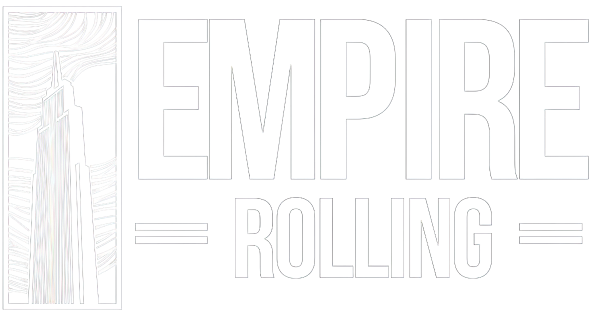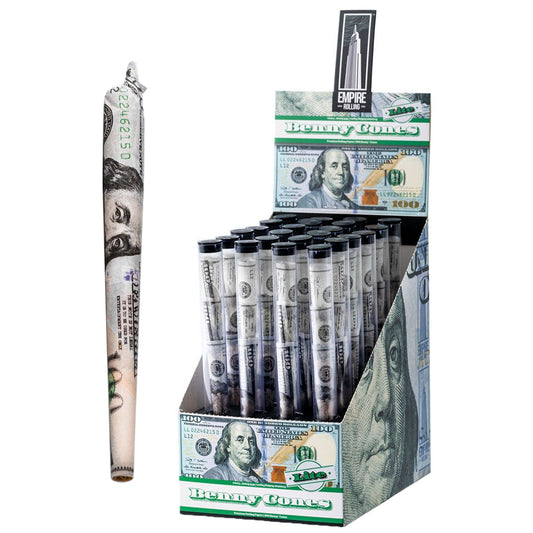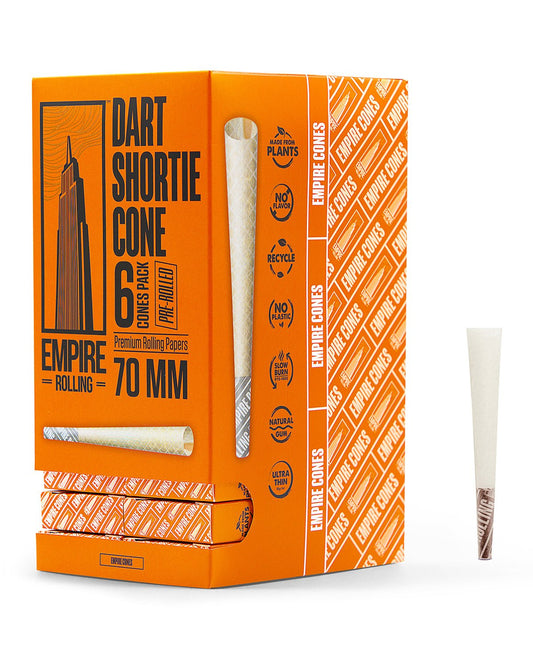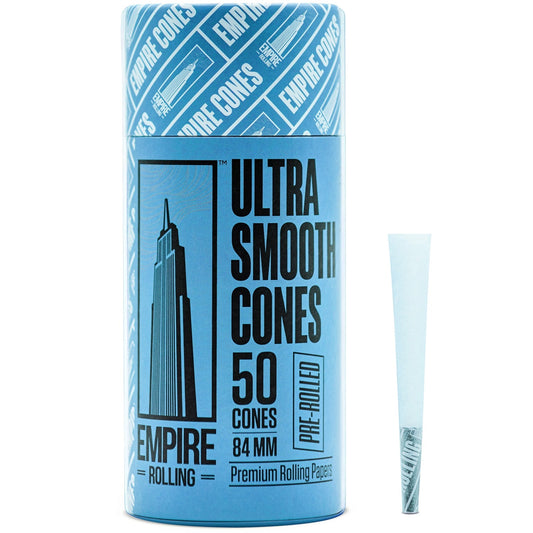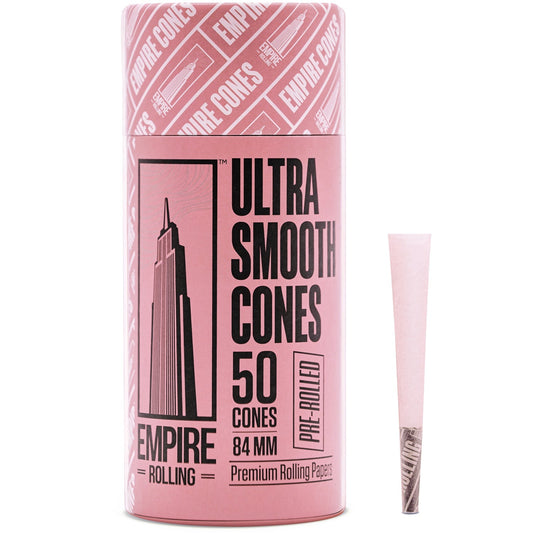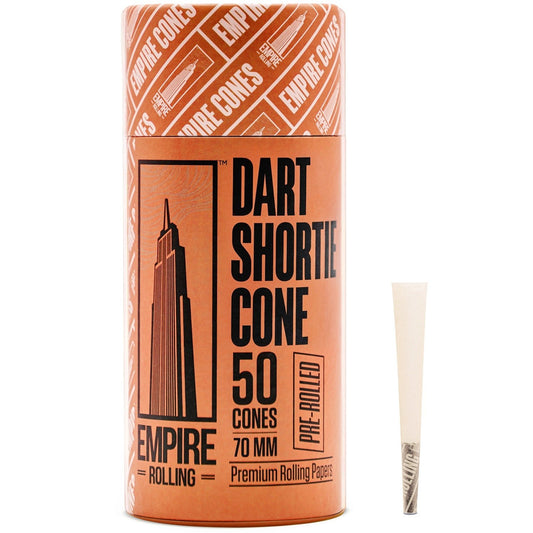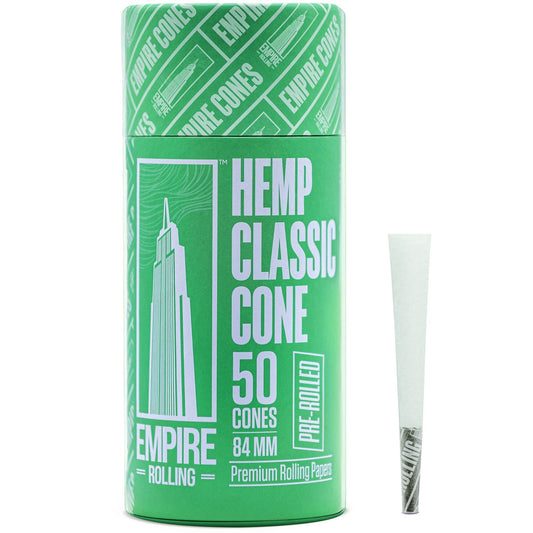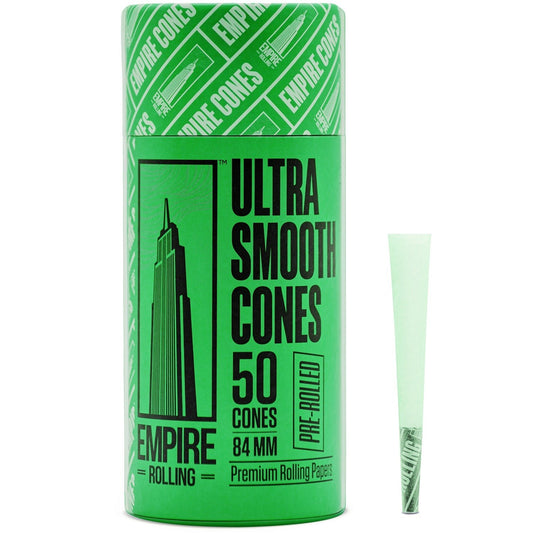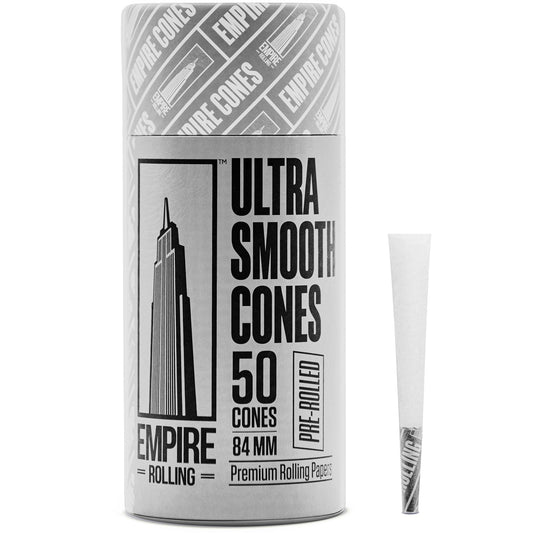Cannabis and Technology: Innovations in Cultivation, Consumption, and Distribution
The cannabis industry is undergoing a technological revolution, with innovations in cultivation, consumption, and distribution reshaping the landscape of the market. From advanced cultivation techniques and precision agriculture to cutting-edge vaporizers and online delivery platforms, technology is driving unprecedented growth and efficiency in the cannabis sector. In this blog post, we will explore the intersection of cannabis and technology, examining the latest innovations that are revolutionizing the way we grow, consume, and access cannabis products.
Advanced Cultivation Techniques:
One of the most significant areas of innovation in the cannabis industry is cultivation technology. Traditional methods of growing cannabis have evolved significantly in recent years, thanks to advancements in automation, environmental control, and data analytics.
Vertical farming, for example, allows cultivators to maximize space and efficiency by stacking plants vertically in a controlled indoor environment. This approach minimizes the need for land and resources while optimizing growing conditions for maximum yield and quality.
Additionally, precision agriculture technologies such as sensor networks, automated irrigation systems, and AI-driven analytics enable growers to monitor and adjust environmental conditions in real-time, ensuring optimal growth and minimizing waste.
Cannabis consumption methods have also seen significant technological advancements in recent years. Traditional methods of smoking and vaping have been augmented by innovative new devices that offer greater precision, convenience, and customization.
Vaporizers, for example, use heat to extract cannabinoids and terpenes from cannabis flower or concentrates without combustion, resulting in a smoother, more flavorful experience with fewer harmful byproducts. Many vaporizers also offer temperature control and dosage management features, allowing users to tailor their experience to their preferences.
Similarly, cannabis-infused beverages have emerged as a popular alternative to traditional smoking and vaping methods. These beverages use advanced emulsification technology to create water-soluble cannabinoids that can be easily mixed into drinks, offering a discreet and convenient way to consume cannabis.
In addition to consumption methods, technology is also revolutionizing the way cannabis products are distributed and accessed by consumers. Online platforms and mobile apps are making it easier than ever for consumers to discover, purchase, and track their favorite cannabis products.
E-commerce platforms like Leafly and Weedmaps provide users with access to a vast array of cannabis products from licensed dispensaries, allowing them to browse reviews, compare prices, and place orders for delivery or pickup. Many dispensaries also offer loyalty programs and personalized recommendations based on user preferences and purchase history.
Furthermore, technology is driving innovation in the supply chain and logistics of the cannabis industry, streamlining processes and reducing costs from cultivation to distribution. Blockchain technology, for example, offers a transparent and secure way to track the provenance of cannabis products from seed to sale, ensuring compliance with regulations and quality control standards.
The intersection of cannabis and technology is ushering in a new era of innovation and growth in the cannabis industry. From advanced cultivation techniques and precision agriculture to cutting-edge consumption devices and online distribution platforms, technology is revolutionizing every aspect of the cannabis supply chain.
As the industry continues to evolve, it's essential for cultivators, manufacturers, retailers, and consumers to embrace these technological advancements and adapt to the changing landscape. By leveraging the power of technology, the cannabis industry can drive efficiency, sustainability, and accessibility, ultimately improving the quality of products and experiences for consumers around the world.
